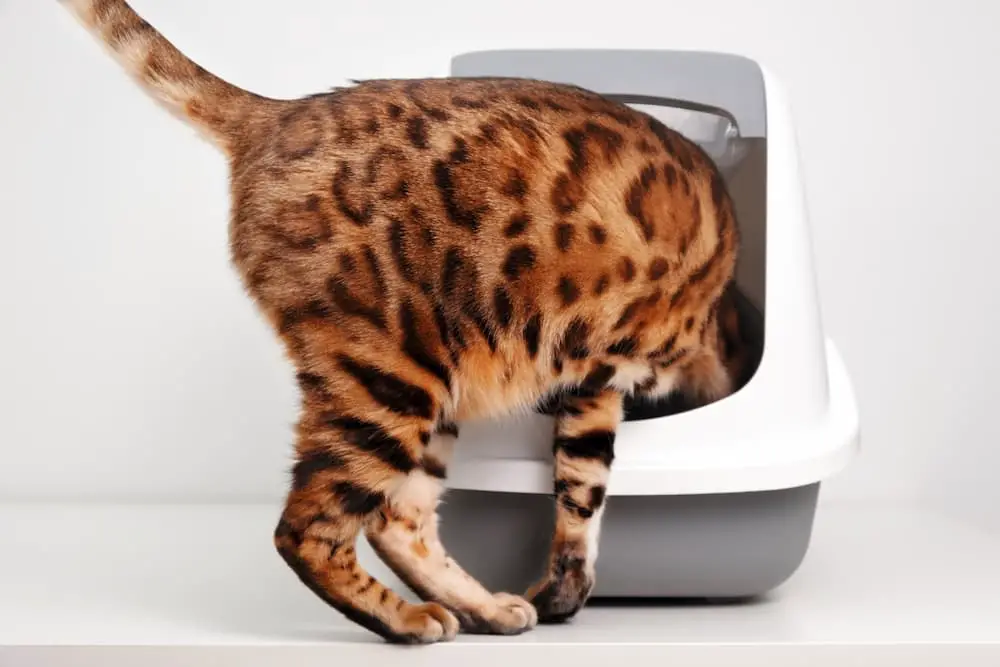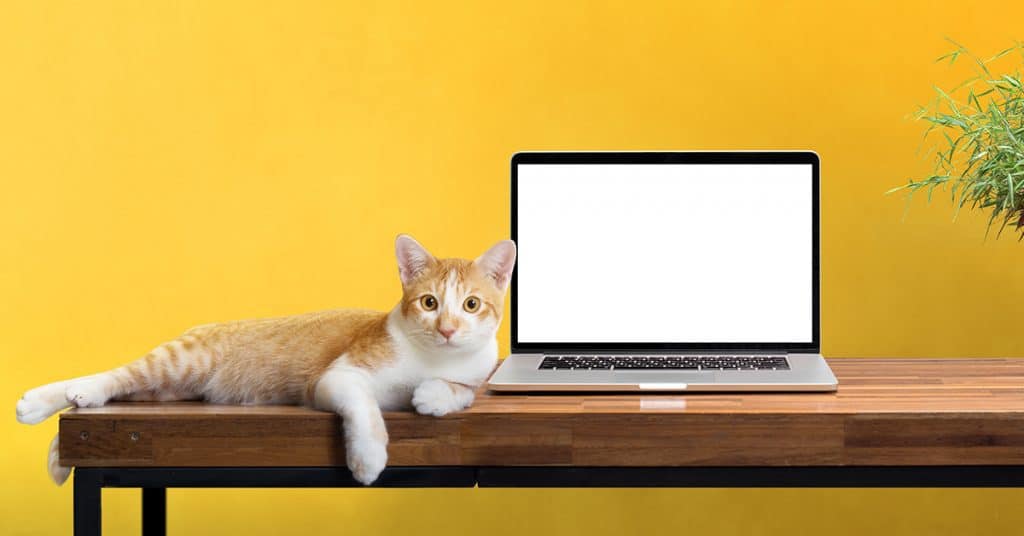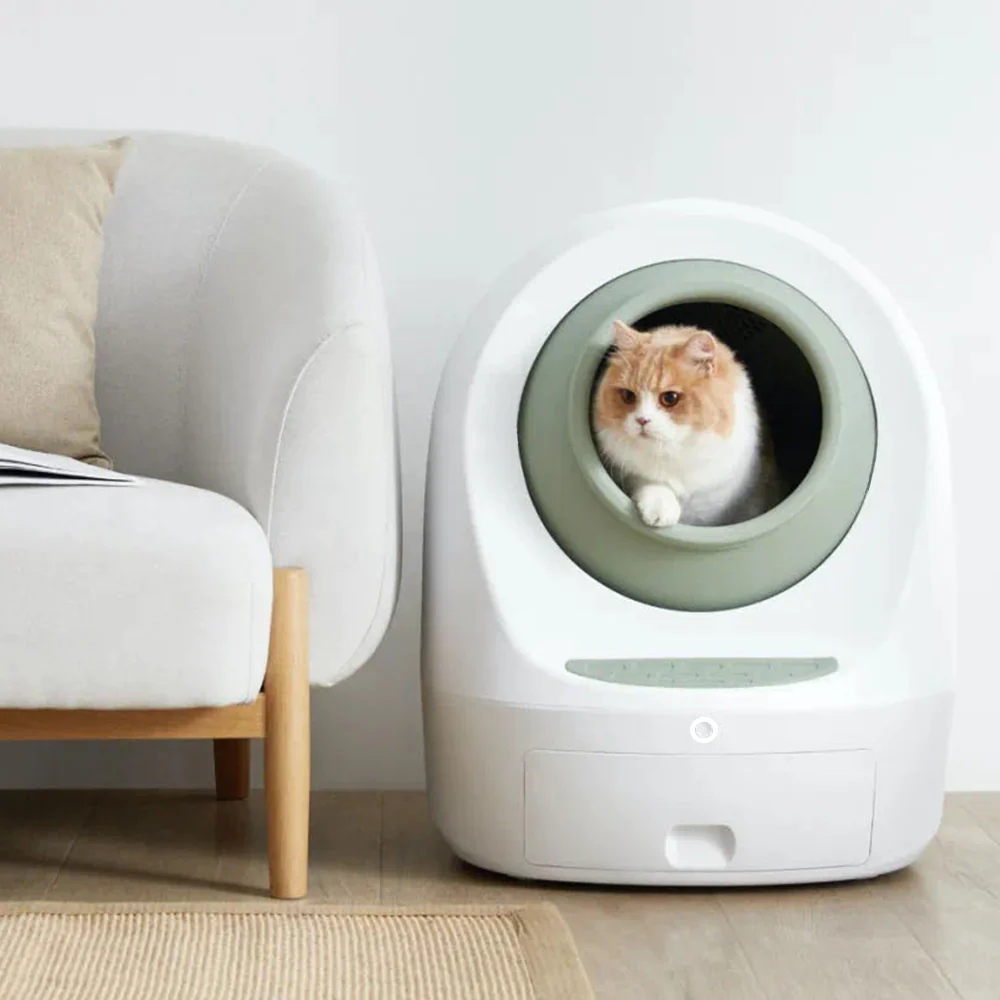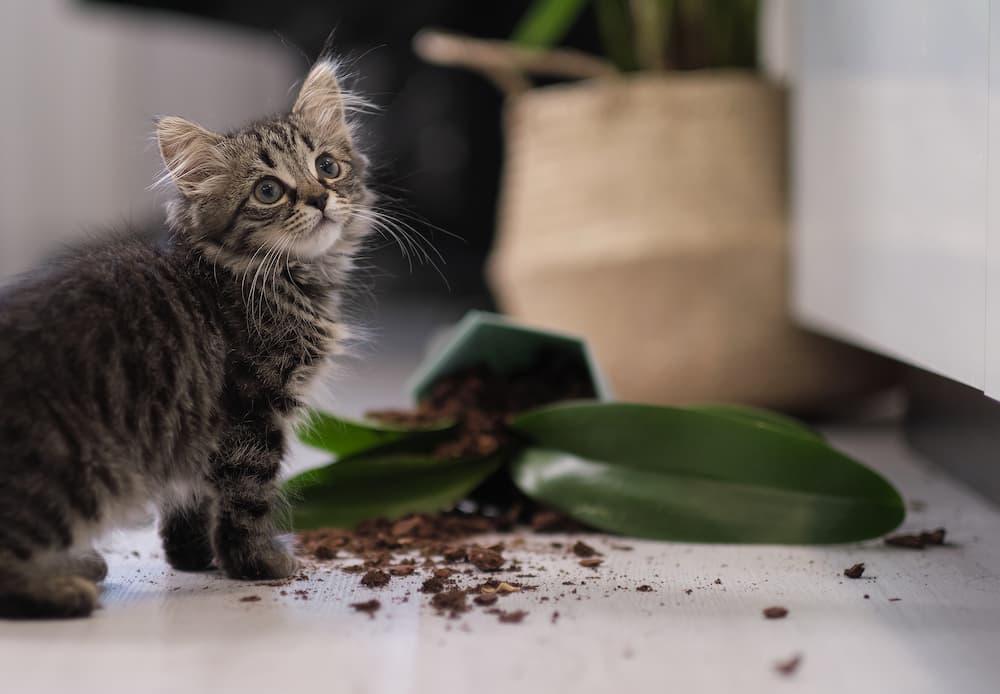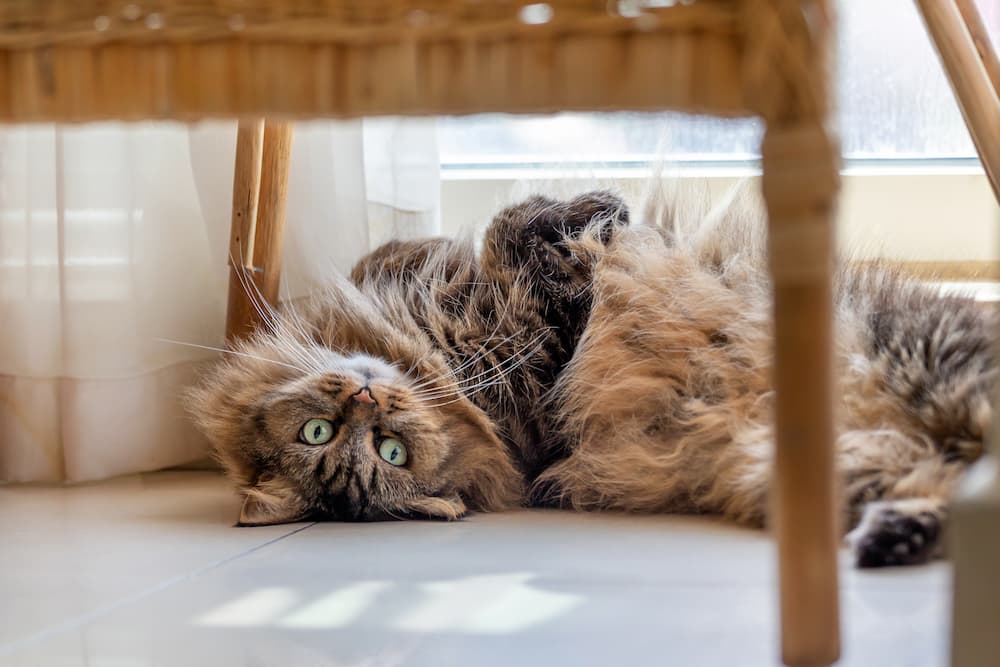If you’re reading this, chances are you’re a proud cat parent with a little extra love to give. Perhaps your fluffy friend has been indulging in one too many treats, or maybe they’ve developed a penchant for the sedentary life. Whatever the case may be, we’re here to help you get your overweight cat moving and shaking off those extra pounds.

The Purr-sistence of Feline Obesity
Before we jump into the ‘how,’ let’s talk about the ‘why.’ Why is it so important for cats to maintain a healthy weight? Unfortunately, obesity is not just a cosmetic issue; it can lead to serious health problems for our feline friends.
Obesity in cats can cause a range of issues due to metabolic derangements, including insulin resistance, inflammation, and abnormal appetite control. It’s also a risk factor for diabetes and can make it more difficult to control if already present. Other health risks associated with feline obesity include cardiovascular problems, endocrine disease, osteoarthritis, high blood pressure, immune suppression, and increased susceptibility to infection.
Moreover, an overweight cat is at a higher risk for developing hepatic lipidosis, a potentially fatal disease. As if that’s not enough, obesity can also lead to respiratory problems and predispose cats to urinary tract disease.
Feline Fitness: Getting Cats Moving Indoors
Now that we’ve covered the ‘why,’ let’s move on to the ‘how.’ How can you help your cat lose weight and stay fit? Here are some fun and effective ways to get your indoor cat moving:
1. Playtime: Cats are natural hunters. Stimulate their hunting instincts with toys that mimic prey, like feather wands or laser pointers.
2. Food Puzzles: These clever devices make your cat work for their meal. Food puzzles provide both mental stimulation and physical exercise.
3. Vertical Spaces: Cats love to climb. Install cat trees, cat shelves, or window perches to encourage vertical movement.
4. Hide and Seek: Hide small amounts of food around the house to get your cat moving. This mimics the natural behavior of hunting for food.
Taking the Leap: Walking Your Overweight Cat Outdoors
If you’re looking to step up your cat’s exercise game, consider walking them outdoors. Yes, you read that right! With a little patience and a lot of treats, you can train your cat to walk on a leash and harness. Here’s how:
1. Harness Training: Start by letting your cat wear the harness indoors without the leash. Once they’re comfortable, attach the leash and let them drag it around.
2. Indoor Practice: Practice walking your cat around the house. Use treats to encourage them to follow you.
3. Gradual Introduction: Start by taking your cat just outside the door. Gradually increase the distance as they become more comfortable.
4. Stay Calm and Patient: Remember, this is a new experience for your cat. Stay calm and patient, and never force your cat to move faster than they’re comfortable with.
The Bottom Line
Helping your overweight cat stay fit is one of the most important things you can do for their health. With a little creativity and a lot of love, you can turn exercise into a fun and rewarding part of your cat’s daily routine. So what are you waiting for? Grab those toys and treats, and get moving!

